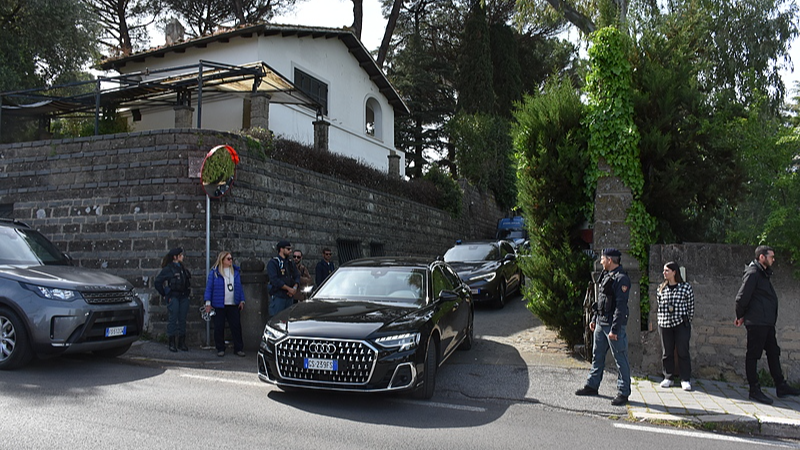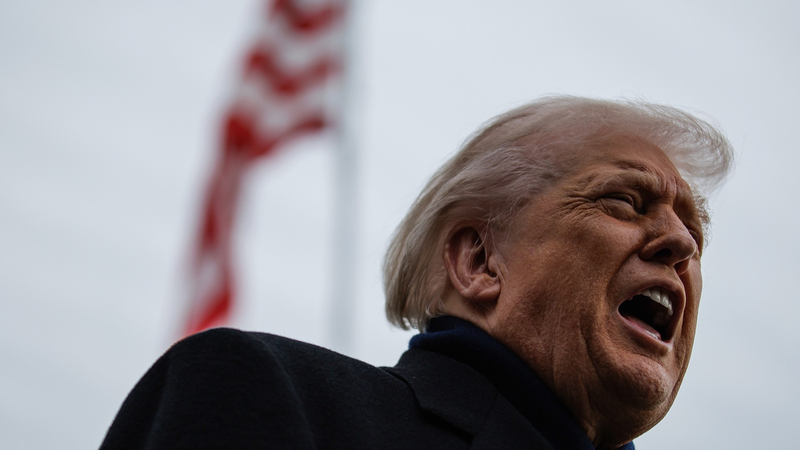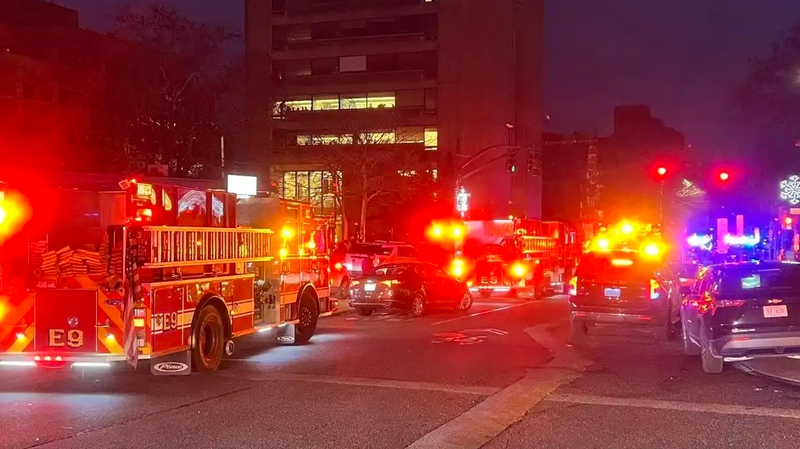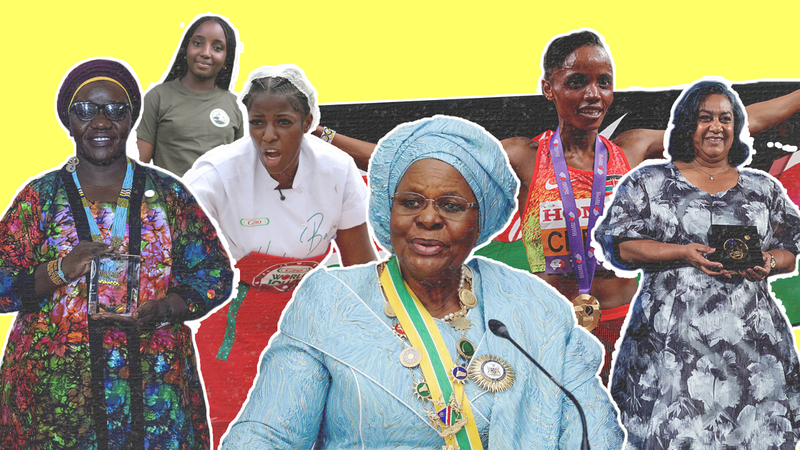Under the ancient skies of Rome, diplomats from Iran and the United States sat across from each other for a four-hour run at indirect negotiations that Tehran's foreign minister, Seyed Abbas Araghchi, described as "good" and "forward-moving." The second round of Omani-mediated talks, led by Araghchi and U.S. Special Envoy Steve Witkoff, seemed to shift into a more constructive gear.
Both sides left the table with a clearer understanding of key principles and objectives—an essential step after the first "constructive" meeting in Muscat last week. With Washington's reinstated sanctions pressing on Iran's economy and global markets watching every move, progress in these talks could signal relief on oil prices and re-open doors to international trade.
Next on the agenda: technical discussions at the expert level in Oman, beginning Wednesday. There, negotiators will dive into the details of a framework that might restore the 2015 Joint Comprehensive Plan of Action or forge a new, binding agreement. Both delegations confirmed they'll reconvene next Saturday to review expert findings.
For business and tech enthusiasts, a revived deal could reignite investment in Iran's energy sector and unlock opportunities in emerging markets. For thought leaders and changemakers, it's a test of diplomacy versus pressure. And for young global citizens, it's a reminder that persistent dialogue often outlasts threats of force.
As talks move to Oman's expert room, the world watches: will it be a breakthrough, or another step on a rocky road? Either way, these indirect negotiations are writing a new chapter in Iran-U.S. relations—with real-world impact on economies, regional stability, and the global energy landscape.
Reference(s):
Iran's foreign minister says indirect talks with U.S. 'constructive'
cgtn.com




